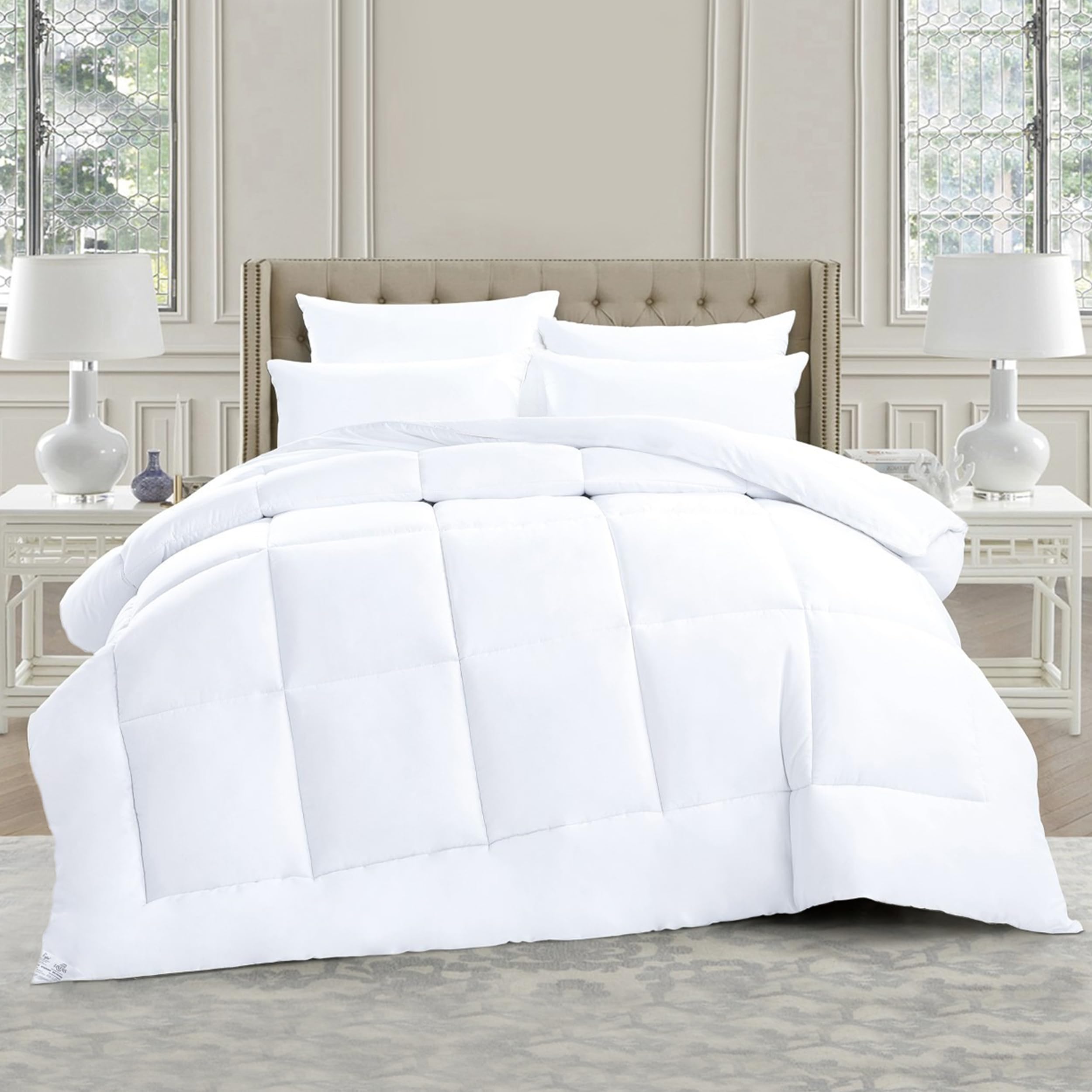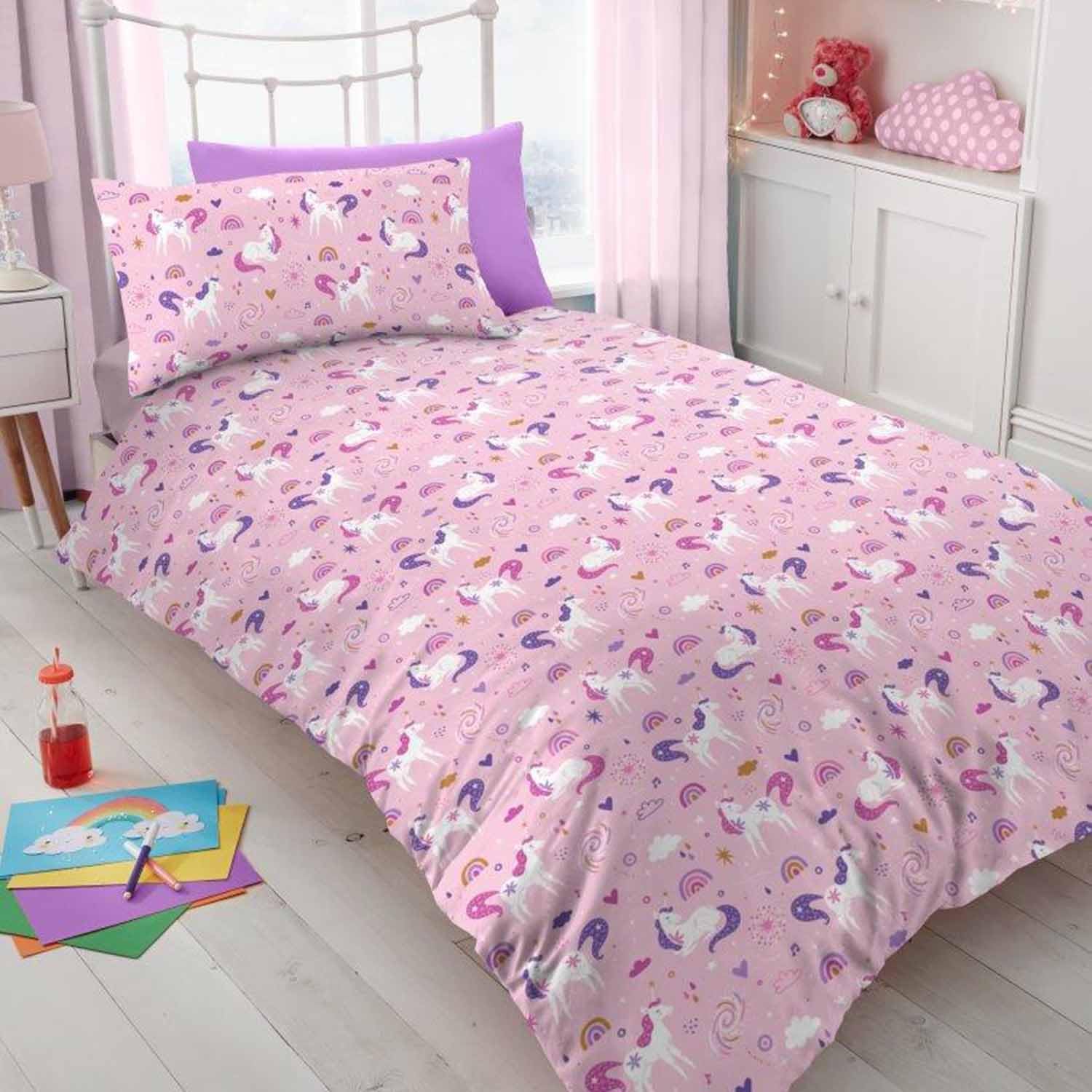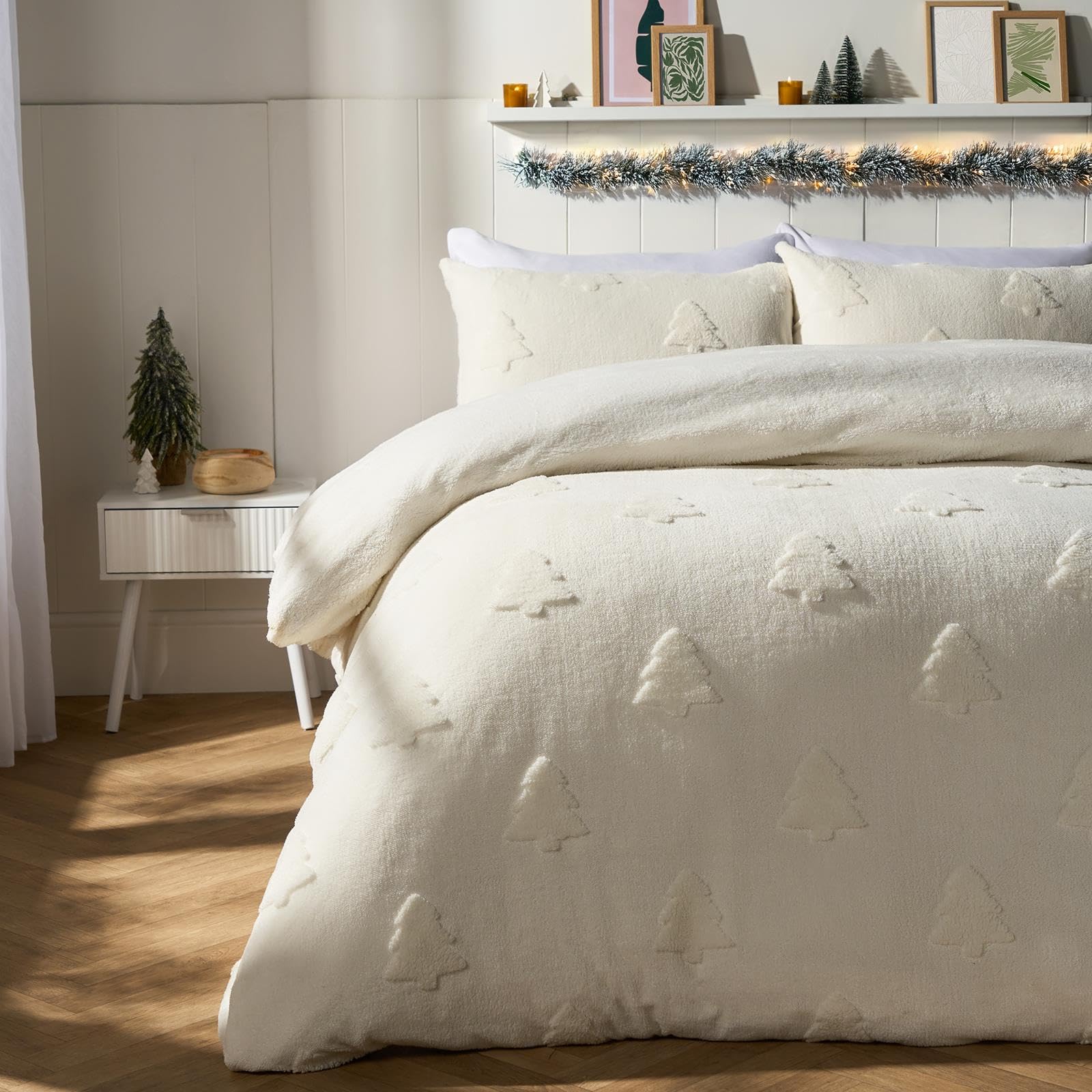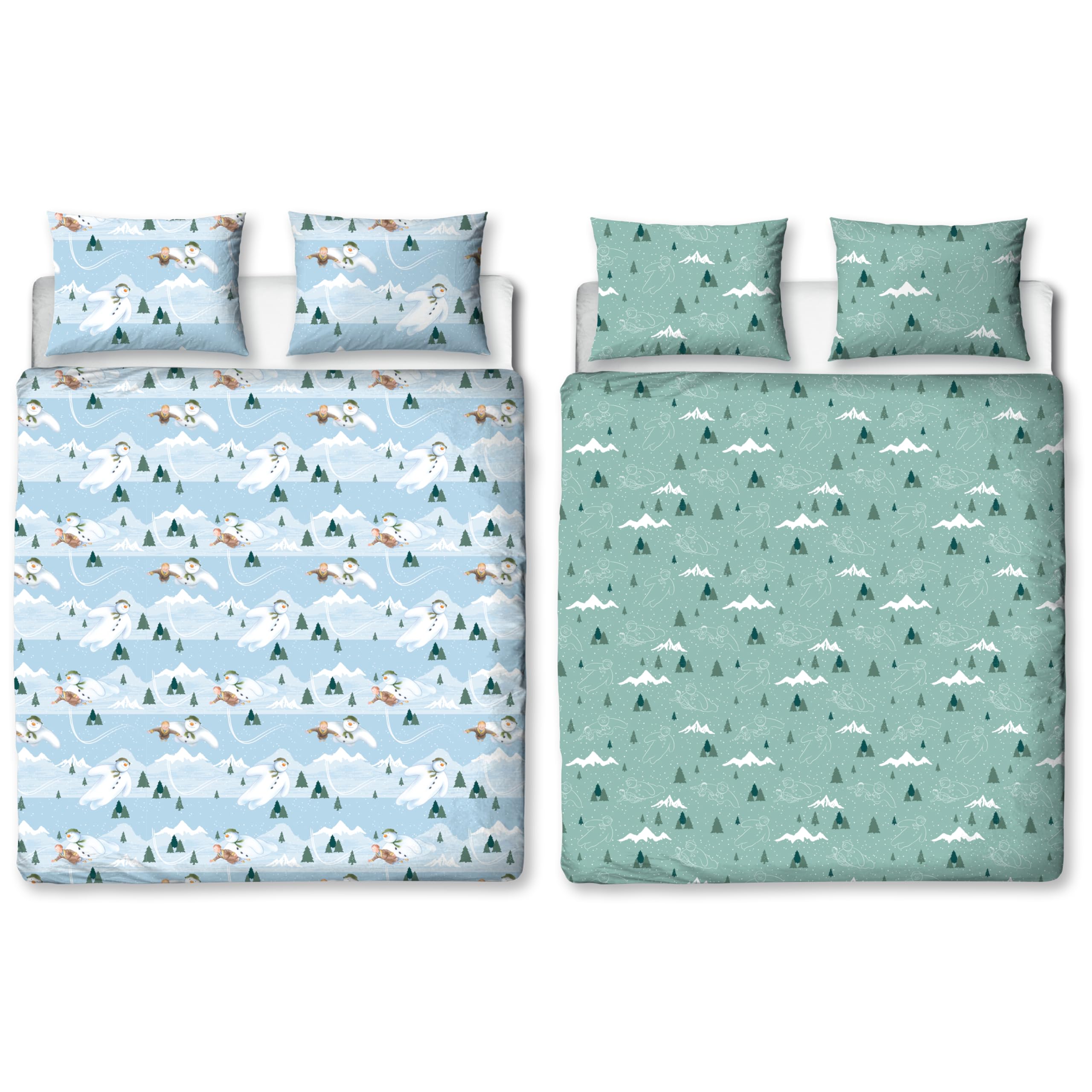Children’s sleep runs cooler and warmer at different ages, and duvets should match both room temperature and safety guidance. Newborns and babies under one should not use duvets. Toddlers and older children can use light duvets, then move to higher togs as rooms get cooler. This UK guide offers practical ranges for togs by age and season, along with tips on size, care, and how to handle quick growth spurts without buying the wrong thing.
Seasonal warmth usually comes from duvets that balance weight and airflow in UK bedrooms.
Safety first: under ones
Babies under one year should not use duvets, quilts, or pillows. Use fitted sheets and appropriate sleep bags designed for infants. Follow safe sleep guidance and keep loose bedding out of cots. Once a child is over one and moving to a toddler bed, you can consider a small duvet.
Tog ranges for toddlers
For many UK homes, a 4.5 tog toddler duvet is suitable for summer and shoulder seasons in a room that stays around 18 to 20 degrees. When the room runs cooler in winter, move to a 7 tog or add a light blanket over the 4.5 tog. Watch for overheating. If a child wakes sweaty or flushed, step down. If they wake chilly with cold hands and complain about the bed being cold, step up.
Primary school ages
As children grow, their heat production changes and they can use higher togs comfortably in winter. Many families use 4.5 to 7 tog in warmer months and 7 to 10.5 tog in winter for older children. Preferences vary. Some children kick covers off and do better with a lower tog and warm pyjamas. Others sleep still and prefer a cosier duvet. Adjust based on the child, not only the number on the packet.
Room temperature matters most
Use a simple room thermometer. If the bedroom sits around 20 degrees, a 4.5 to 7 tog suits many children. If the room drops to 16 or below in winter, a 10.5 tog can be appropriate. Ventilate briefly in the evening and keep fresh air moving to avoid stuffy rooms, which can make any tog feel warmer and lead to restless sleep.
Size and growth
Toddler beds often use cot bed size duvets. When a child moves to a single bed, buy a standard single duvet. Avoid buying a double duvet early to reduce the risk of the duvet hanging over the sides and pulling off. A single duvet is easier for children to handle and helps with bed making.
Fill types for kids
Synthetic fills are popular for easy washing and quick drying. Hypoallergenic options suit households with allergies. Feather and down are light and cosy but need careful washing and thorough drying. Choose a breathable cover fabric so the duvet does not trap moisture. Pillow protectors and mattress protectors help with hygiene and make washing easier after spills.
Care and washing
Wash duvets according to the label. Many children’s duvets fit into standard washing machines and dry on low heat. Air in the sun on dry days to keep fresh. Use duvet covers and wash them regularly with mild detergent. Teach children to pull the duvet up in the morning to keep the bed neat and to air the mattress briefly.
We shortlist light, easy care children’s duvets by size and season in our guide to duvets for UK families. Pair with breathable sheets and a quiet protector to keep the bed fresh.
FAQs
What tog duvet is best for a toddler?
Often 4.5 tog in warmer months and 7 tog for cooler rooms. Adjust based on room temperature and how your child sleeps.
When can a child move to a 10.5 tog?
When the room is cool in winter and the child sleeps still and complains of being cold. Many older children use 10.5 tog in colder months.
Should I buy a double duvet for a single bed?
No. A single duvet fits better and is easier for children to manage. Upgrade size when the bed changes.






